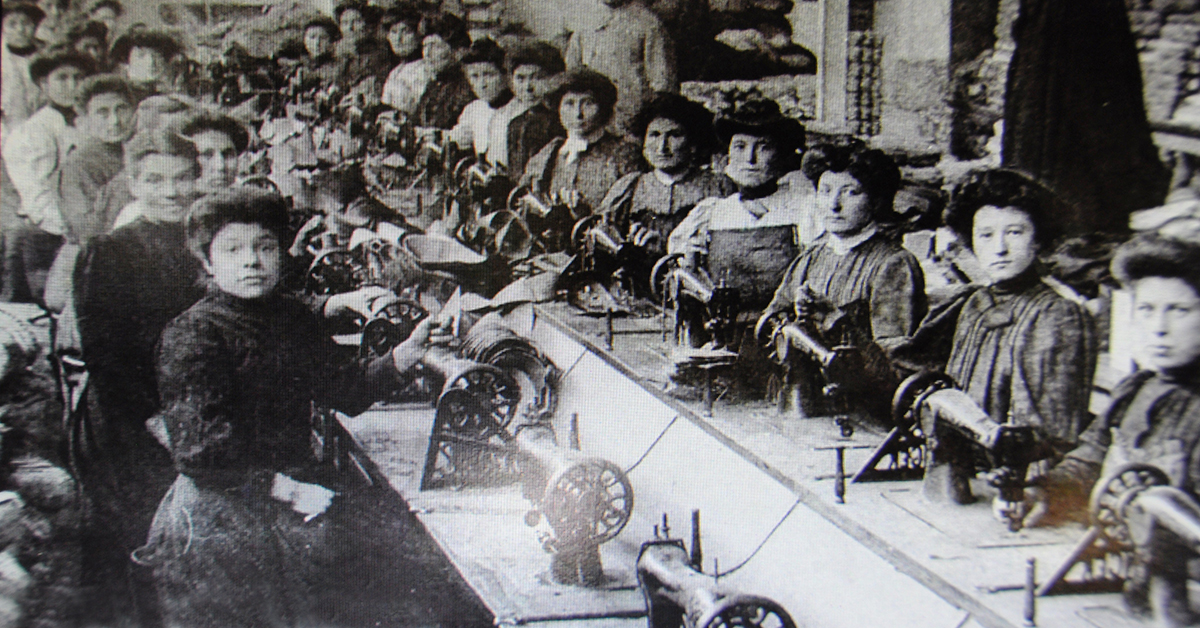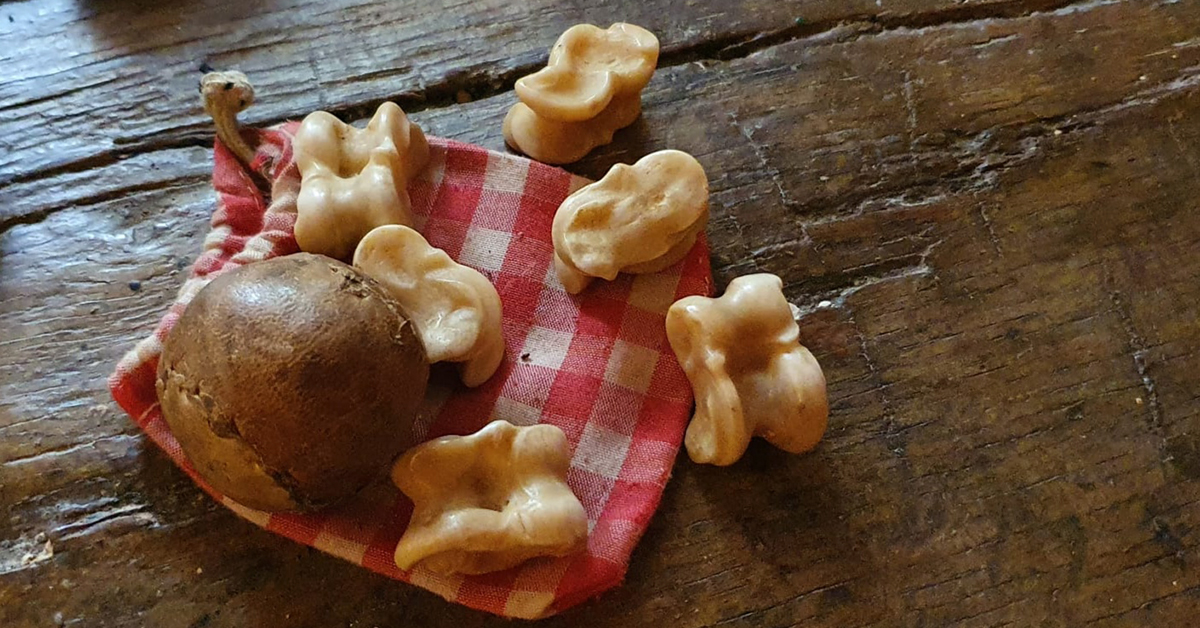Basque ethnography at a glance
Let us journey to Zuberoa, to Maule (Mauléon-Licharre) and its surroundings. Back in the years, 18th-century flax and hemp workers specialized in the manufacture of a very particular kind of footwear: espadrilles. And it would henceforth be espadrilles which put Maule on the map.
Due to a strong increase in demand by Basque migrants and northern French miners of once handcrafted espadrilles, the industry underwent a process of industrialization in the mid-19th century, recruitment of cross-border labour being necessary. (more…)
It is grape harvest time in the Basque Country. Txakolin wine producers sample their grapes to check acidity levels, sugar content, and three or four other parameters, in search of optimal fruit maturity.
Home winemaking was once customary in our country. Most farmhouses would keep some vines, on orchard and field margins, typically, or in rows between cultivated fields, to make the so-called txakolina — a slightly sparkling, dry white wine— for their own consumption. A quarter of a century ago there would be just over a dozen hectares of vineyards in Bizkaia; today there are more than four hundred. (more…)
“Knucklebones play an important role in European ethnography since prehistoric times”, wrote Telesforo de Aranzadi a century ago. It is indeed one of many traditional children’s games which have been played generation after generation in different parts of the world.
The use of tarsal bones, typically of sheep, has been the usual practice in the Basque Country. Rum and goat knucklebones, much appreciated for being harder and shinier than lamb ones, have also been used. Pig and even cow bones have likewise been said to be saved for playing. (more…)





